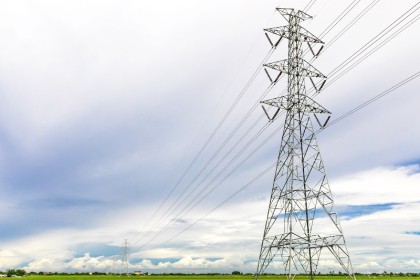
What’S The Difference: Foot Abscesses Vs. Foot Rot
Sweerklou vs. Vrotpootjie in livestock
Foot Abscess/Sweerklou
What is Sweerklou and what causes it?
Sweerklou is mostly found in sheep, horses, cows and angora goats. Sweerklou is a bacterial abscess that grows on the hooves as a result of:
- tick bites
- abrasions
- thorns/grass/rocks that get stuck
- overly long wet conditions that cause the skin to soften and tear easily
- open wounds
How to recognise signs of Sweerklou:
- Animal experiences pain when any pressure is applied to the affected area.
- Feels warm to the touch as blood rushes towards the affected area in an attempt to defend the wound from spreading infection.
- Swollen above hooves.
- Swelling may burst and discharge pus.
- The animal may seem lame in the affected leg and will avoid using it.
- If untreated, Sweerklou’s infection may spread to the joints and cause septic arthritis that the animal may never fully recover from.
Prevention and treatment of Sweerklou:
- Use tick dip for footbaths to deter pests.
- Keep stalls clean of faecal matter that may cause infection.
- Make use of vaccinations.
- Apply disinfectant to the affected area to isolate the infection and attempt to prevent spreading and septic infection.
- Use long acting anti-biotics to kill the infection and prevent it spreading/causing septic arthritis.
- In severe cases, the limb may need to be amputated, or the animal euthanised.
Foot rot/ Vrotpootjie
What is Vrotpootjie and what causes it?
Vrotpootjie is a hoof infection found in sheep, goats and cattle, mostly. It is contagious and manifests between the two toes of the animals, causing great discomfort and pain as the hoof starts to separate from the soft tissue of the foot. Usually caused by:
- Hot/warm and humid conditions.
- Pests that break the skin on the hooves.
- Interdigital dermatitis- an irritation of the soft tissue between the two toes.
- Animals that are carrying heavy weight are more susceptible e.g. pregnant livestock
- Suppressed immunity in animals, i.e. recovering from illness, or young animals with weak immune systems.
How to recognise signs of Vrotpootjie:
- Excess moisture of the skin between the two toes of the hoof.
- Once the infection is under the hoof a break forms between the hoof and soft tissue.
- The flesh begins to die and rot and the horn of the hoof becomes detached.
- Putrid smell and discharge from the affected area.
- Goats may even take to walking on their knees to avoid standing on the painful area.
Prevention and treatment of Vrotpootjie:
- Separate infected animals to prevent the contagion from spreading.
- Clean and trim hooves often and schedule weekly footbaths.
- Keep infected animals on a dry surface like cement or brick.
- Give the animal antibiotics to kill the infection.
- Goats who carry a genetic trend of Vrotpootjie can be culled to prevent further spreading of the infection.
Prevention is better than a cure, to keep a healthy flock you should be aware of the symptoms and treatments for these common infections.
View our online agricultural directory to find more products and services that will keep your land and all its animals in good condition.












